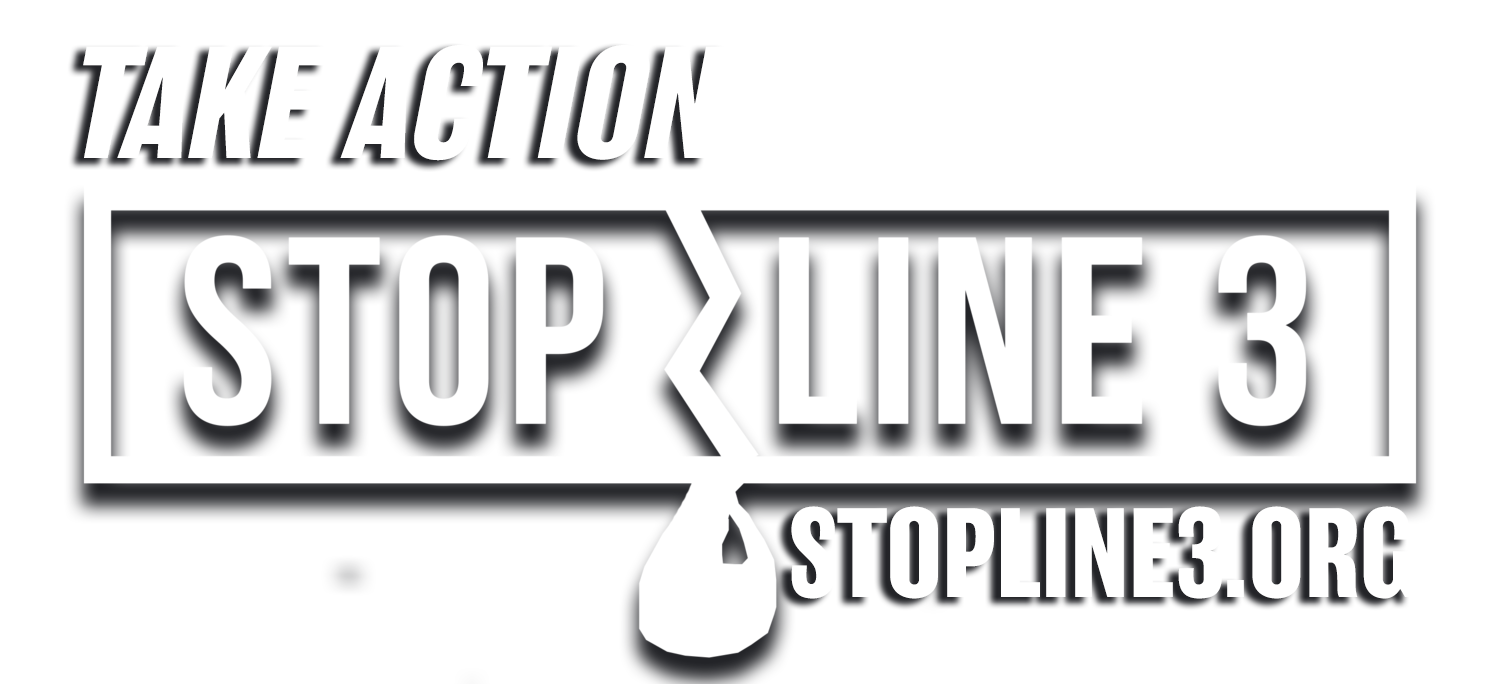Today, at a continuation of the meeting that was shut down by protesters in September, the Minnesota Public Utilities Commission (PUC) affirmed its approval of the Line 3 pipeline, rejecting the opposition’s appeal of their decision. Enbridge now has both of the major Minnesota permits it needs for a new Line 3. Canada, North Dakota, and Wisconsin all issued theirs a long time ago, so very little stands in the way of construction.
On September 5, 2018, the PUC granted a Certificate of Need. This formalizes the State’s conclusion that a new Line 3 pipeline is “needed” to serve the public’s energy needs, and grants Enbridge the powers of eminent domain to build it - if necessary, they can now take property without landowner consent, just as governments do to build roads and schools.
Due to the intense opposition throughout the PUC’s process, the Certificate of Need contains a number of unusual “conditions” that Enbridge must meet. These include: 1) a financial guarantee from their parent company in case of environmental damages, 2) a “Landowner Choice Program” that gives landowners the option to have Enbridge remove the existing Line 3 from their property instead of abandoning it, 3) a “Decommissioning Trust Fund” with enough money to cover removal of the new pipeline someday in the future, 4) a “Neutral Footprint Program” in which Enbridge plants trees and buys renewable energy offset credits, and 5) a General Liability and Environmental Impairment Liability insurance policy (based on cost estimates of catastrophic oil spills that we feel are way too low). Here is the PUC’s full Certificate of Need order, with more explanation of these conditions, along with the PUC’s summary of the whole case and rationale for approving the permits.
On October 26, the PUC issued a Route Permit for Line 3, with a final route that is different from the one originally proposed by Enbridge and used in the Environmental Impact Statement. Here is the full Route Permit, with extensive requirements for Enbridge’s construction practices including a Traditional Cultural Resources Training Plan, Human Trafficking Prevention Plan, Environmental Justice Communities Mitigation Plan, Tribal Economic Opportunity and Labor Education Plan, and many more.
There were 2 major changes to the route. In Hubbard County, the new route makes a small jog east around Mud Lake and Upper Rice Lake in order to avoid the watersheds of the White Earth Reservation. Then, it rejoins the existing Line 3 corridor (the Enbridge Mainline) near Floodwood and follows it across the Fond du Lac Reservation, instead of turning south in Aitkin County to avoid the reservation, as originally proposed. The Fond du Lac Band agreed to this change on August 31, 2018, after the PUC forced them to make an impossible choice. The agreement requires Fond du Lac to cease all opposition to the project, and extends Enbridge’s lease with the Band for the existing Mainline Corridor pipelines, previously set to expire in 2029, to 2039.
We have updated the interactive map on our map page to display this modified, final route, and also uploaded the hundreds of detailed satellite imagery and topographic maps from the Route Permit. We also added the following “Route Segment Alternative” maps that show the two route changes in detail.
So what’s next? Enbridge still needs a water quality certification from the MN Pollution Control Agency (Section 401 of the Clean Water Act), which will include a public input process, so stay tuned for calls to action. They also need permits from the US Army Corps of Engineers, which will also require a public input process. However, given the current federal administration, we expect relatively quick approvals from the Army Corps. Then Enbridge will still need about 20 other, more minor permits from Minnesota agencies, but it’s safe to assume those are on the way. Three lawsuits filed by tribes and environmental non-profits are pending which challenge the adequacy of the Environmental Impact Statement, and additional lawsuits are expected soon that will challenge the permits themselves. But unless one of these lawsuits produces a legal injunction to stop construction, then once the last permit is issued, digging and clear-cutting can begin.
In other news...in late October, after months of contentious debate and opposition from Line 3 water protectors and the city's communities of color, the Duluth City Council voted to approve an $84,000 purchase of riot gear for the Duluth Police Department. Law enforcement agencies across Minnesota are preparing for Line 3 resistance, knowing Enbridge will pick up the tab.
And on November 9, a federal judge overturned President Trump’s approval of another major proposed tar sands pipeline, Keystone XL, and issued an injunction to halt all construction, ruling that the approval violated federal environmental law. This directs more international attention to the Line 3 campaign, and increases the industry pressure to get Line 3 built.
If you haven’t yet, please check out our two new webpages - one with lots more information on the “Issues” of the campaign, and one with new “Resources,” including an interactive campaign timeline that tracks the highlights of over 5 years of resistance, and detailed construction data taken from Enbridge’s permit applications. Also, sign the Line 3 Statement of Opposition and, if you are so inclined, pledge to take action or opt in to future email communications about the campaign.




